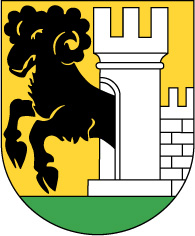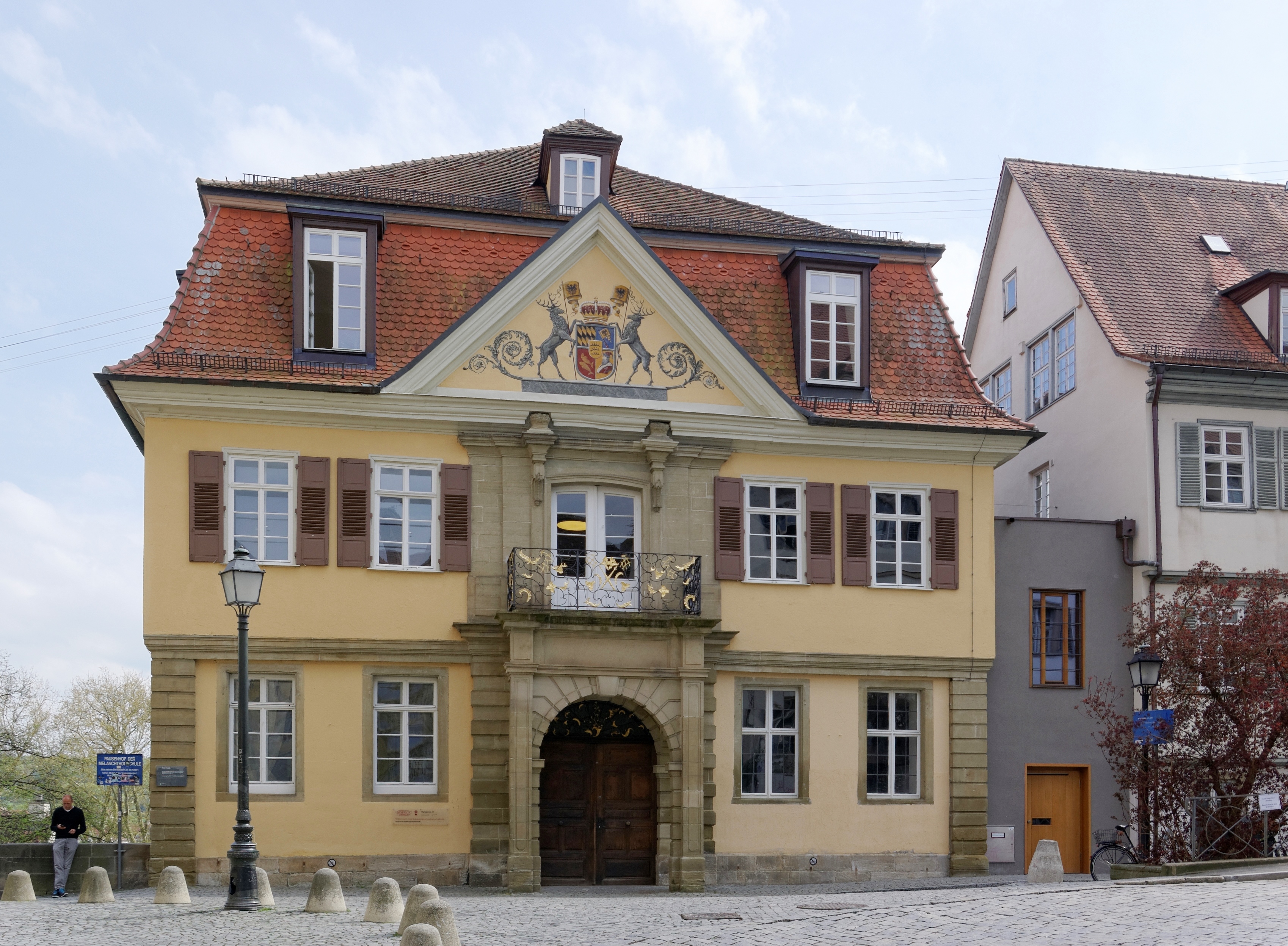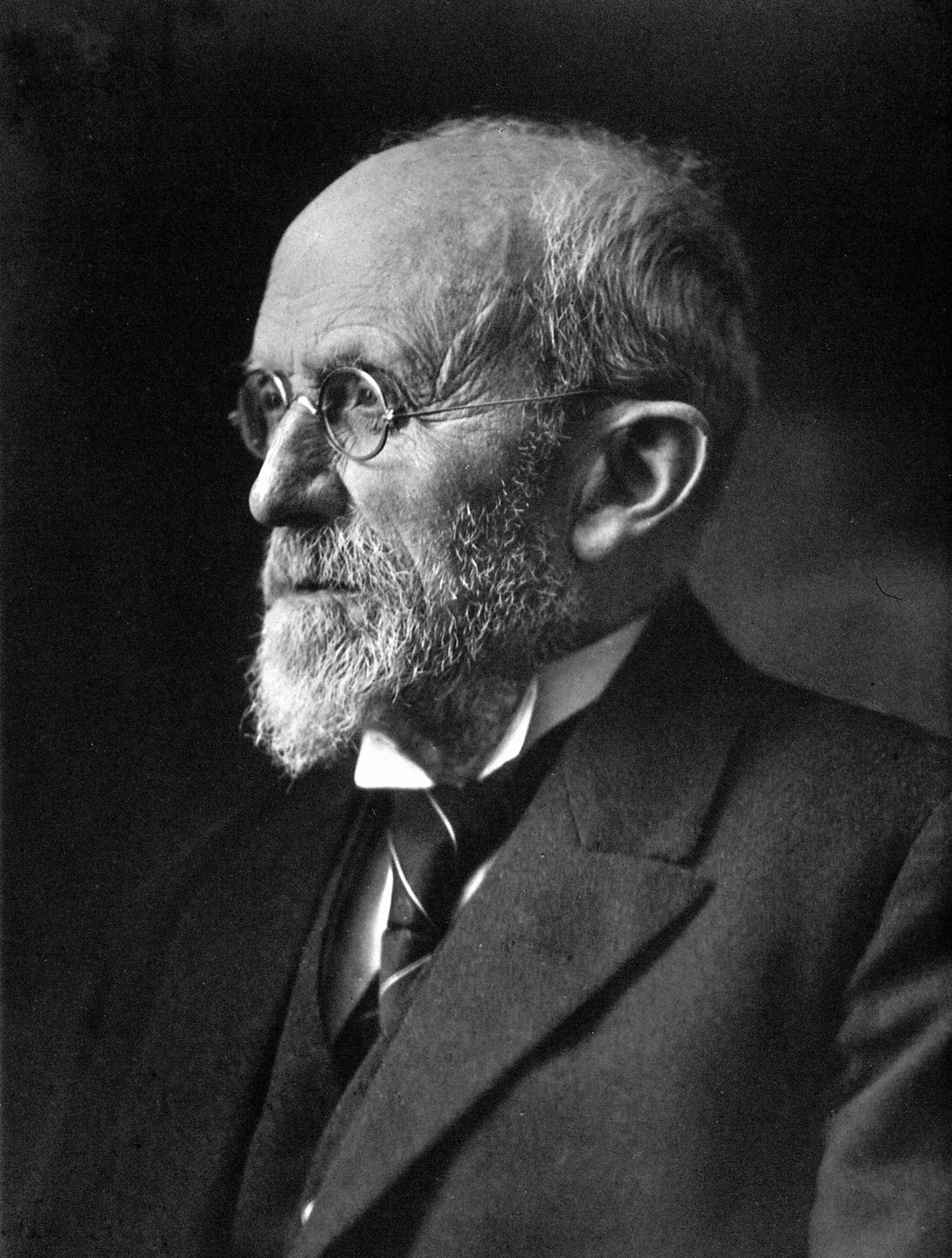|
Bernhard Peyer
Bernhard Peyer (25 July 1885 – 23 February 1963) was a Swiss paleontologist and anatomist who served as a professor at the University of Zurich. A major contribution was on the evolution of vertebrate teeth. Peyer was born in Schaffhausen, Switzerland, the son of a textile-factory owning namesake father and Sophie Frey. While at secondary school in Schaffhausen he met Ferdinand Schalch in the field who influenced him into paleontology although there had been scientists in the family in the past, including the anatomist Johann Conrad Peyer (1653-1712). In 1905 he went to study at the University of Tübingen and then at Munich where he listed to lectures by Richard von Hertwig, Ferdinand Broili and Ernst Stromer von Reichenbach. In 1907 he graduated from the University of Zurich with a dissertation on ''Die Entwicklung des Schädelskeletes von Vipera aspis'' under Arnold Lang. He received a doctorate in 1911. In 1912 he went on an expedition to Rovigno, Italy and then to South ... [...More Info...] [...Related Items...] OR: [Wikipedia] [Google] [Baidu] |
Schaffhausen
Schaffhausen (; gsw, Schafuuse; french: Schaffhouse; it, Sciaffusa; rm, Schaffusa; en, Shaffhouse) is a town with historic roots, a municipality in northern Switzerland, and the capital of the canton of the same name; it has an estimated population of 36,000 It is located right next to the shore of the High Rhine; it is one of four Swiss towns located on the northern side of the Rhine, along with , the historic , and . The old town has many fine Renaissance era buildings decorated with exterior frescos and sculpture, as well as the old canton fortress, the ''Munot''. Schaffhausen is also a railway junction of Swiss and German rail networks. One of the lines connects the town with the nearby Rhine Falls in , Europe's largest waterfall, a tourist attraction. The official language of Schaffhausen is (the Swiss variety of Standard) German, but the main spoken language is the local variant of the Alemannic Swiss German dialect. Name The town is first mentioned in ... [...More Info...] [...Related Items...] OR: [Wikipedia] [Google] [Baidu] |
Ferdinand Schalch
Johann Ferdinand Schalch (11 January 1848 – 19 November 1918) was a Swiss paleontologist and geologist. He conducted stratigraphic studies of Thuringia, Saxony, Baden, and the Black Forest regions and produced numerous maps. His fossil and geological collections were damaged when the Schaffhausen museum was bombed during World War II. Life and work Schalch was the son of Katharina Juditha née Mägis and school teacher Ferdinand in Schaffhausen. He studied natural sciences at Zurich Polytechnic. Here he was influenced by Arnold Escher von der Linth and Oswald Heer. This was followed by studies at the universities of Würzburg and Heidelberg leading to a doctorate in 1870 under Fridolin Sandberger with a dissertation on the Triassic in the southeastern Black Forest. He then became a teacher in Böckten and from 1876 he worked at the Geological Institute in Leipzig. He then moved to Saxony to work with Hermann Credner from 1876. He conducted stratigraphic studies and produced g ... [...More Info...] [...Related Items...] OR: [Wikipedia] [Google] [Baidu] |
Johann Conrad Peyer
Johann Conrad Peyer (26 December 1653 – 29 February 1712) was a Swiss anatomist who was a native of Schaffhausen. Biography He studied medicine in Paris under Guichard Joseph Duverney (1648–1730), in Montpellier under Raymond Vieussens (1635–1713) and received his medical degree in 1681 at Basel. Later, he returned to Schaffhausen in order to practice medicine. Here, he performed research with Johann Jakob Wepfer (1620–1695), and Wepfer's son-in-law Johann Conrad Brunner (1653–1727). in 1677 Peyer published ''Exercitatio anatomico-medica de glandulis intestinorum earumque usu et affectionibus'', in which he describes the eponymous Peyer's patches. These anatomical structures are aggregated lymphatic nodules found in the lining of the small intestine. He was also the author of an influential work on veterinary medicine Veterinary medicine is the branch of medicine that deals with the prevention, management, diagnosis, and treatment of disease, disorder, and inj ... [...More Info...] [...Related Items...] OR: [Wikipedia] [Google] [Baidu] |
University Of Tübingen
The University of Tübingen, officially the Eberhard Karl University of Tübingen (german: Eberhard Karls Universität Tübingen; la, Universitas Eberhardina Carolina), is a public research university located in the city of Tübingen, Baden-Württemberg, Germany. The University of Tübingen is one of eleven German Excellence Universities. The University of Tübingen is especially known as a centre for the study of plant biology, medicine, law, archeology, ancient cultures, philosophy, theology, and religious studies as well as more recently as center of excellence for artificial intelligence. The university's noted alumni include presidents, EU Commissioners, and judges of the Federal Constitutional Court. The university is associated with eleven Nobel laureates, especially in the fields of medicine and chemistry. History The University of Tübingen was founded in 1477 by Count Eberhard V (Eberhard im Bart, 1445–1496), later the first Duke of Württemberg, a civic ... [...More Info...] [...Related Items...] OR: [Wikipedia] [Google] [Baidu] |
Richard Hertwig
Richard Wilhelm Karl Theodor Ritter von Hertwig (23 September 1850 in Friedberg, Hesse – 3 October 1937 in Schlederloh, Bavaria), also Richard Hertwig or Richard von Hertwig, was a German zoologist and professor of 50 years, notable as the first to describe zygote formation as the fusing of spermatozoa inside the membrane of an egg cell during fertilization. "Richard von Hertwig – Wikipedia" (German), German Wikipedia, 2006-10-29, de.wikipedia.org webpage: GermanWP-Richard_von_Hertwig. Richard Hertwig was the younger brother of Oscar Hertwig, who also analyzed zygote formation. The two Hertwig brothers worked together until 1883 (more at: Oscar Hertwig). The Hertwig brothers were the most eminent scholars of Ernst Haeckel (and Carl Gegenbaur), each brother becoming a long-term professor in Germany. They were independent of Haeckel's philosophical speculations but took his ideas in a positive way to widen their concepts in zoology. Initially, between 1 ... [...More Info...] [...Related Items...] OR: [Wikipedia] [Google] [Baidu] |
Ferdinand Broili
Ferdinand Broili (11 April 1874 in Mühlbach – 30 April 1946 in Mühlbach) was a German paleontologist. He studied natural sciences at the universities of Würzburg and Munich, where his influences were Karl von Zittel and August Rothpletz.Prof. F Broili / Obituary Nature 158, 16-17 (06 July 1946) , doi:10.1038/158016b0 In 1899 he received his doctorate from Munich with a dissertation on '' Eryops megacephalus'', titled ''Ein Beitrag zur Kenntnis von Eryops megacephalus''. In 1903 he obtained his , and in 1908 became an associate professor at the university. In 1919 he ... [...More Info...] [...Related Items...] OR: [Wikipedia] [Google] [Baidu] |
Ernst Stromer
Ernst Freiherr Stromer von Reichenbach (12 June 1871 in Nürnberg – 18 December 1952 in Erlangen) was a German paleontologist. He is best remembered for his expedition to Egypt, during which the first known remains of ''Spinosaurus'' were discovered. He described the following Cretaceous dinosaurs from Egypt: ''Aegyptosaurus'', '' Bahariasaurus'', ''Carcharodontosaurus'', and the enigmatic theropod, ''Spinosaurus aegyptiacus''. Stromer also described the giant crocodilian, '' Stomatosuchus''. The fossil bird genus ''Stromeria'' (now included in the genus ''Eremopezus'') and the sauropod '' Paralititan stromeri'' were named in his honor (by Kálmán Lambrecht in 1929 and Smith et al. 2001,Smith JB, Lamanna MC, Lacovara KJ, Dodson P, Smith JR, Poole JC, Giegengack R, Attia Y (June 2001). "A giant sauropod dinosaur from an Upper Cretaceous mangrove deposit in Egypt". Science. 292 (5522): 1704–6. Bibcode:2001Sci...292.1704S. doi:10.1126/science.1060561. respectively). T ... [...More Info...] [...Related Items...] OR: [Wikipedia] [Google] [Baidu] |
University Of Zurich
The University of Zürich (UZH, german: Universität Zürich) is a public research university located in the city of Zürich, Switzerland. It is the largest university in Switzerland, with its 28,000 enrolled students. It was founded in 1833 from the existing colleges of theology, law, medicine which go back to 1525, and a new faculty of philosophy. Currently, the university has seven faculties: Philosophy, Human Medicine, Economic Sciences, Law, Mathematics and Natural Sciences, Theology and Veterinary Medicine. The university offers the widest range of subjects and courses of any Swiss higher education institution. History The University of Zurich was founded on April 29, 1833, when the existing colleges of theology, the ''Carolinum'' founded by Huldrych Zwingli in 1525, law and medicine were merged with a new faculty of Philosophy. It was the first university in Europe to be founded by the state rather than a monarch or church. In the university's early years, ... [...More Info...] [...Related Items...] OR: [Wikipedia] [Google] [Baidu] |
Arnold Lang
Arnold Lang (18 June 1855 – 30 November 1914) was a Swiss naturalist, a comparative anatomist and student of German biologist Ernst Haeckel. Biography In March 1876 he earned his PhD from the University of Jena, and two months later became habilitated as a privat-docent of zoology at the University of Bern. From 1878 to 1885 he was stationed at the Zoological Station in Naples, where he conducted research on wildlife native to the Gulf of Naples. In 1889 he became a professor of zoology and comparative anatomy at the University of Zurich and the '' Eidgenössische Polytechnikum'' as well as director of two institutions' zoological collections. From 1898 to 1900 he served as rector at the University of Zurich.Arnold Lang (1855 up to 1914) at ETH Bibliotek In the autumn o ... [...More Info...] [...Related Items...] OR: [Wikipedia] [Google] [Baidu] |
Hans Conrad Peyer
Hans may refer to: __NOTOC__ People * Hans (name), a masculine given name * Hans Raj Hans, Indian singer and politician ** Navraj Hans, Indian singer, actor, entrepreneur, cricket player and performer, son of Hans Raj Hans ** Yuvraj Hans, Punjabi actor and singer, son of Hans Raj Hans * Hans clan, a tribal clan in Punjab, Pakistan Places * Hans, Marne, a commune in France * Hans Island, administrated by Greenland and Canada Arts and entertainment * ''Hans'' (film) a 2006 Italian film directed by Louis Nero * Hans (Frozen), the main antagonist of the 2013 Disney animated film ''Frozen'' * ''Hans'' (magazine), an Indian Hindi literary monthly * ''Hans'', a comic book drawn by Grzegorz Rosiński and later by Zbigniew Kasprzak Other uses * Clever Hans, the "wonder horse" * ''The Hans India'', an English language newspaper in India * HANS device, a racing car safety device *Hans, the ISO 15924 code for Simplified Chinese script See also * Han (other) *Hans im Glück ... [...More Info...] [...Related Items...] OR: [Wikipedia] [Google] [Baidu] |
Placodontia
Placodonts (" Tablet teeth") are an extinct order of marine reptiles that lived during the Triassic period, becoming extinct at the end of the period. They were part of Sauropterygia, the group that includes plesiosaurs. Placodonts were generally between in length, with some of the largest measuring long. The first specimen was discovered in 1830. They have been found throughout central Europe, North Africa, the Middle East and China. Palaeobiology The earliest forms, like '' Placodus'', which lived in the early to middle Triassic, resembled barrel-bodied lizards superficially similar to the marine iguana of today, but larger. In contrast to the marine iguana, which feeds on algae, the placodonts ate molluscs and so their teeth were flat and tough to crush shells. In the earliest periods, their size was probably enough to keep away the top sea predators of the time: the sharks. However, as time passed, other kinds of carnivorous reptiles began to colonize the seas, such as i ... [...More Info...] [...Related Items...] OR: [Wikipedia] [Google] [Baidu] |
Monte San Giorgio
Monte San Giorgio is a mountain and UNESCO World Heritage Site on the border between Switzerland and Italy. It is part of the Lugano Prealps, overlooking Lake Lugano in the Swiss Canton of Ticino. Monte San Giorgio is a wooded mountain, rising to 1,097 m (3,600 feet) above sea level. It has a roughly pyramidal shape, with a steep north edge sloping towards Lake Lugano and a more shallow South Slope extending towards the Po Plain. The eastern (Swiss) side of the mountain, between the municipalities of Brusino Arsizio, Riva San Vitale, and Meride, was listed as a World Heritage Site in 2003. This was in recognition of its cultural, biological, and especially paleontological significance. The site is renowned for its fossil content, one of the best known records of marine life in the Middle Triassic period. The Italian region west of Poncione d'Arzo ( Porto Ceresio) was added as an extension to the World Heritage Site in 2010. History and cultural heritage Humans have inhabi ... [...More Info...] [...Related Items...] OR: [Wikipedia] [Google] [Baidu] |




